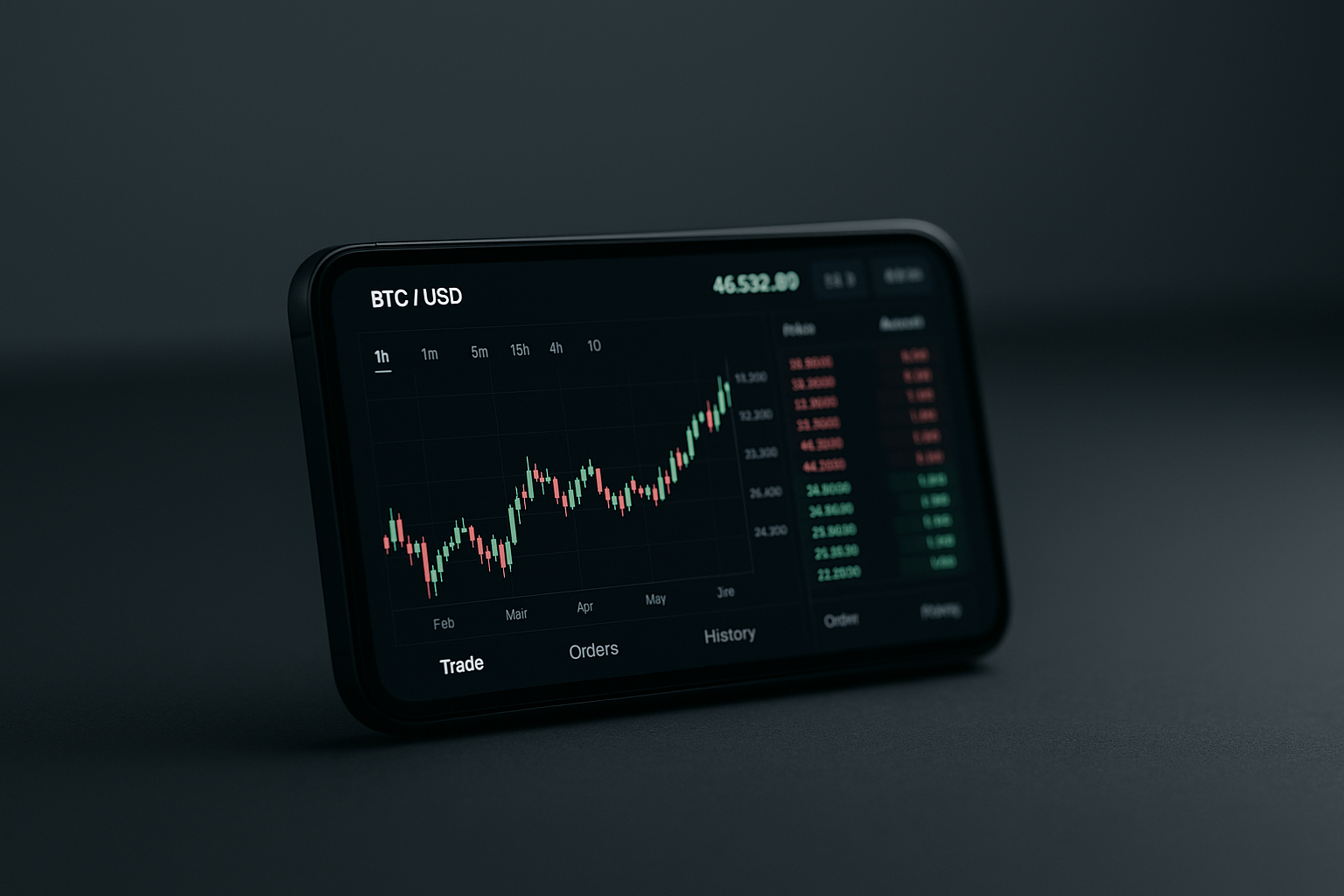Understanding the operations of digital asset platforms is essential for effective trading and investment. These platforms serve as the backbone for buying and selling digital currencies securely. Mastery of their functions can significantly impact your trading success.
The digital asset landscape is constantly evolving, presenting unique opportunities and challenges for investors and traders alike. As these assets become more integral to modern finance, understanding the platforms that facilitate their trade is crucial. These platforms play a pivotal role in this ecosystem, allowing users to engage in transactions with ease. By mastering their core operations, you can enhance your trading strategies and ensure a safer trading experience. Additionally, utilizing a crypto exchange can streamline your trading process and provide access to a wide range of digital assets.
Optimizing trading through liquidity insights
Market liquidity plays a crucial role in the effectiveness of digital asset platforms. Higher liquidity typically results in better price execution and reduced slippage during trades. Understanding liquidity patterns across different trading pairs and time zones can help traders optimize their entry and exit points. This knowledge becomes particularly valuable during periods of high market volatility, where the ability to execute trades quickly at desired price points can significantly impact trading outcomes.
Platform integration capabilities have become increasingly important in the modern trading ecosystem. Many digital asset platforms now offer APIs and custom integration options that allow traders to connect their preferred trading tools and analytics software. This interoperability enables more sophisticated trading strategies and automation possibilities, while also providing better portfolio management options. Understanding these integration features can give traders a significant advantage in executing complex trading strategies across multiple markets simultaneously.
How digital asset platforms operate
The primary function of digital asset platforms revolves around facilitating transactions between buyers and sellers. These platforms provide a marketplace where users can list buy or sell orders for various digital assets. The matching engine then processes these orders based on price and availability, ensuring efficient transactions. Through this streamlined process, users can trade assets swiftly, without the complexities often associated with traditional financial markets.
Security is a fundamental aspect of these platforms, ensuring that transactions occur in a protected environment. They employ advanced encryption protocols to safeguard user data and funds from unauthorized access. These measures are vital in maintaining trust among users, making it easier for them to focus on strategic trading decisions rather than potential security threats.
Beyond buying and selling, digital asset platforms offer various tools and resources to aid users in making informed decisions. Features such as real-time market data, analytics dashboards, and educational content help traders understand market dynamics better. By leveraging these resources, you can refine your approach and capitalize on emerging market trends more effectively.
Navigating fee structures
Fee structures are an integral component of any digital asset platform, directly impacting your trading costs and overall profitability. Each transaction typically incurs a fee, often calculated as a percentage of the trade’s value or a flat rate per transaction. Understanding these fees is crucial for optimizing your trades and ensuring that they align with your financial goals.
To navigate these fees effectively, consider comparing different platforms’ structures to identify which best suits your trading volume and frequency. Some platforms offer tiered fee structures that provide discounts based on the amount traded within a specific period. This can be particularly advantageous if you engage in high-volume trading, allowing you to reduce costs significantly.
A clear grasp of fee structures not only helps optimize your trades but also ensures transparency in your financial dealings. By staying informed about potential hidden costs or charges, you maintain greater control over your investments. This understanding contributes to more accurate profit calculations and better strategic planning.
Ensuring security protocols
Security protocols are paramount when dealing with digital asset platforms due to the high value and vulnerability of these assets. Strong security measures protect both user funds and sensitive information from cyber threats. Implementing two-factor authentication (2FA) is one such measure that adds an additional layer of security beyond mere passwords.
When selecting a platform, prioritize those with comprehensive security audits and certifications from reputable third parties. These validations serve as indicators of the platform’s commitment to safeguarding its users’ assets. Look for features like cold storage, which ensures that most funds are kept offline away from potential online breaches.
Regular updates and transparent communication about security policies also enhance trust between platforms and their users. Engaging with platforms that regularly inform users about new threats or vulnerabilities helps you stay vigilant. By prioritizing security-focused platforms, you can trade with confidence knowing that robust measures are in place to protect your interests.



